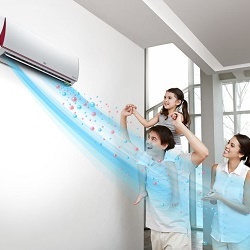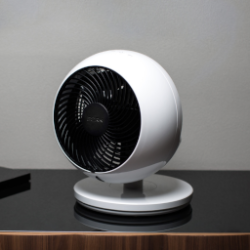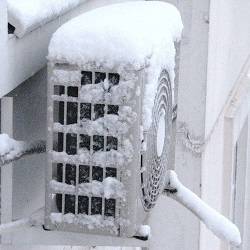How to drain the water from the water heater
Water heaters are an integral element of almost every modern home. Such a device regularly performs its mission of supplying hot water and does not require special care. In some cases, you need to know how to drain the water from the boiler for maintenance or repair work.
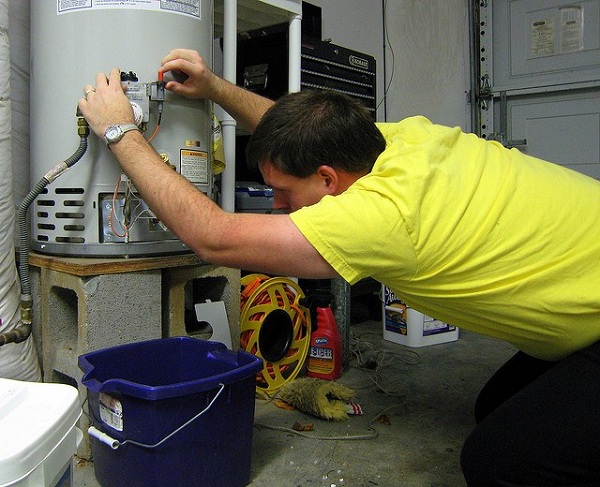
Content
When you can not do without a plum
When does water drain from the water heater? Under normal conditions of use, this is practically not resorted to. The most common causes are such moments:
- routine cleaning of heating elements or of the tank itself from scale;
- the need to lower the temperature in the room (usually stop at +5 degrees);
- repair work of the plumbing system or the equipment itself (for example, if a boiler has flowed).
But without the need for it, it is not worthwhile to drain the water from a normally operating boiler - especially this applies to devices that have not yet reached the warranty period. Many users ignore this warning and make a similar mistake in the case when they believe that the technique will not have to use for a long time. They also violate the temperature balance in the room.
Excuses are pronounced like this: in a similar way, a device that is “idle” will not rust. But, in reality, in an empty tank capacity, internal elements will be more susceptible to corrosion than to full. You can not ignore the accidental inclusion of the water heater, which not only damage the heater, but also violate fire safety.
Another possible prerequisite for the manifestation of such "initiative" may be the appearance of a musty smell. But here it is necessary to lower more than once, and the water must first be heated.
General rules for draining water
Different manufacturers in their own design such a device. Because of this, there is no one piece of advice on how to completely drain water from a water heater.
- If the device has a tee with a nozzle, the incoming water will be blocked at the entrance. To drain the valve opens, located between the branch pipe and the valve.
- Some models are equipped with a trigger - a lever located on the protection valve. Here you can drain the water from the water heater by bending the trigger. It is not forbidden here to attach a hose, through which the contents will quickly go into the sewer hole.
- The presence of a non-return valve in the device is usually provided for an emergency pressure drop (for example, if the equipment has leaked). But its unscrewing should be done carefully, because if there is a lot of water in the device, then there will be a very strong jet pressure.
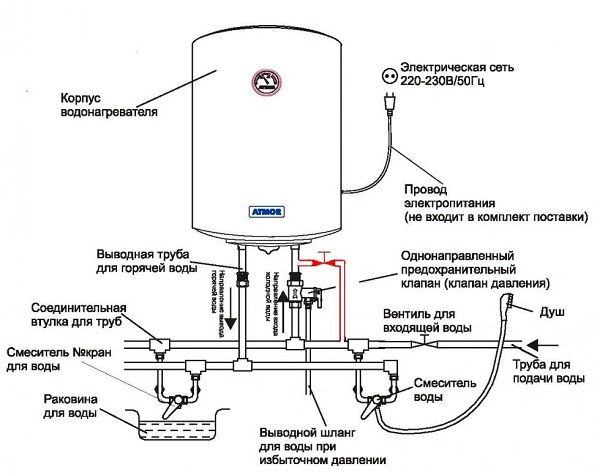
There are also force majeure situations: for example, what to do if with the valve open, the water just leaves the unit? Wiring from hot water can be to blame - most often air is launched into the tank only if it is open.
Drain water from water heaters Termeks and Ariston
How to flush the boiler in practice? For example, the technique of the popular brand "Termeks" is better to empty by such a step-by-step algorithm.
- Disconnect the device from the mains.
- Shut off the cold water inlet valve.
- Wait for the time during which the contents of the tank will cool.
- Now it is important to relieve the pressure inside the device - to do this, just open the hot water valve on the nearest mixer. After equalizing the pressure, the mixer valve should be closed.
- Next, a wrench is useful - they will need to unscrew the nuts at the bottom of the check valve (where cold water is supplied).
- Upon completion of the procedure of twisting the check valve, it will be possible to connect a hose to the branch pipe to drain the water to the sewer.
- After it was possible to drain the water from the water heater, cold water is started up to rinse the tank.
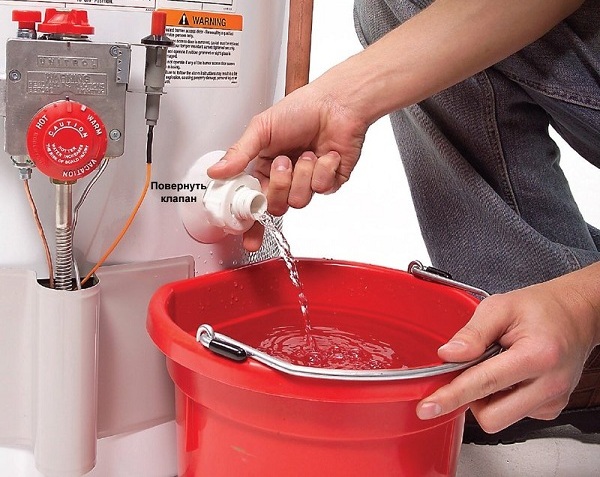
Another brand Ariston, popular in the domestic space, has a slightly different way.
- Similarly, the power supply is turned off.
- In the upper part of the mixer should unscrew the cap.
- Now you should create an overlap of cold water and close the taps at the mixer.
- It is necessary to remove the shower hose.
- Both pipes (inlet and outlet) will require twisting the valve and loosening the nuts.
- Now you need to remove the mixing cap and unscrew the screw. After that, it remains to remove the mixer handle along with the gasket.
- It feels like the body of the boiler can be disconnected from the tank inside it, but before the end of this it is not necessary to remove it.
- The necessary plug opens - all the water will come out through it.
- It is important that the air flows into the faucet through the mixer - to do this, leave the faucet open.
- The position of the boiler when draining should be vertical.
Installation of devices in both cases occurs in the reverse mirror order.
How is the discharge in non-standard models
There are some nuances that are better known in advance:
- Flat-shaped models have a third branch pipe, which has a twisted cap - when shutting off cold water, you should immediately begin to unscrew it. After attaching the hose, the nut is unscrewed from the hot water pipe. This will ensure that the contents do not begin to drain so quickly.
- In tanks with a small capacity there is only the upper water supply (that is, the complete absence of the drain hole). In this case, the device is completely removed and inverted.
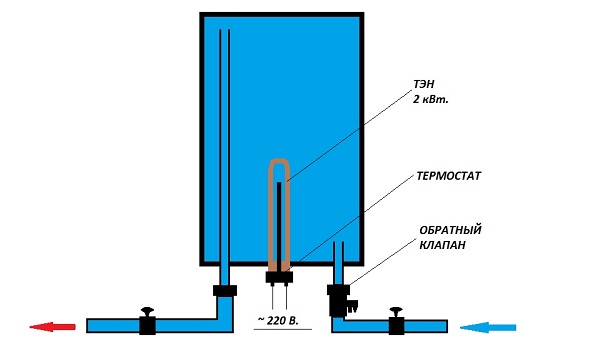
So, it is quite possible to drain independently, but for this you need to have skills in working with plumbing systems and carefully study both the design itself and all the details of the procedure.For those who are still determined to do it themselves, we can recommend this video instruction:

/rating_off.png)







